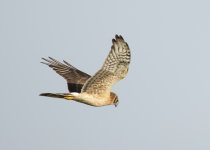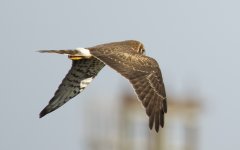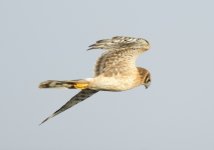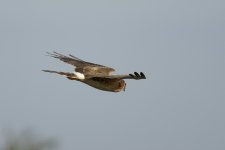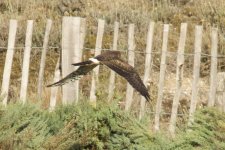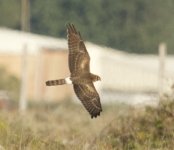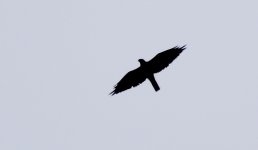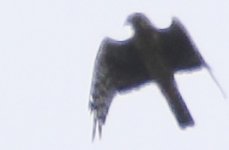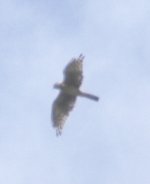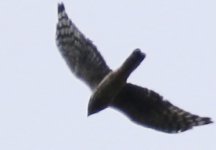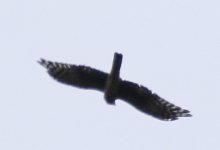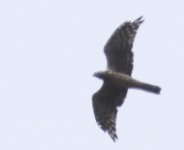Tib78
Well-known member
Hi all,
It’s more of a request for images than a true ID question…
This Pallid-type harrier was photographed a couple of days ago near Pointe de l’Aiguillon along the French Atlantic coast.
Would any of you have an image - or know where to find one - of a 1cy Pallid with the exact same secondary pattern: clear double pale bars of same width and separated by a thinner black band, with the proximal bar not fading away (ie maintaining the same width)?
Thanks
It’s more of a request for images than a true ID question…
This Pallid-type harrier was photographed a couple of days ago near Pointe de l’Aiguillon along the French Atlantic coast.
Would any of you have an image - or know where to find one - of a 1cy Pallid with the exact same secondary pattern: clear double pale bars of same width and separated by a thinner black band, with the proximal bar not fading away (ie maintaining the same width)?
Thanks




